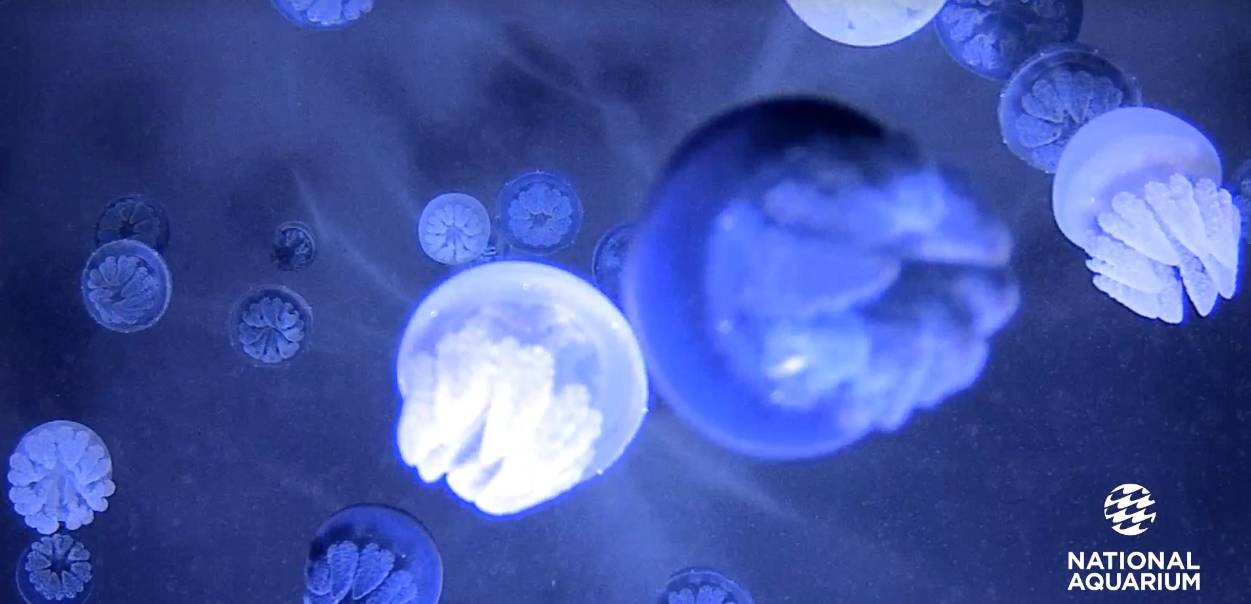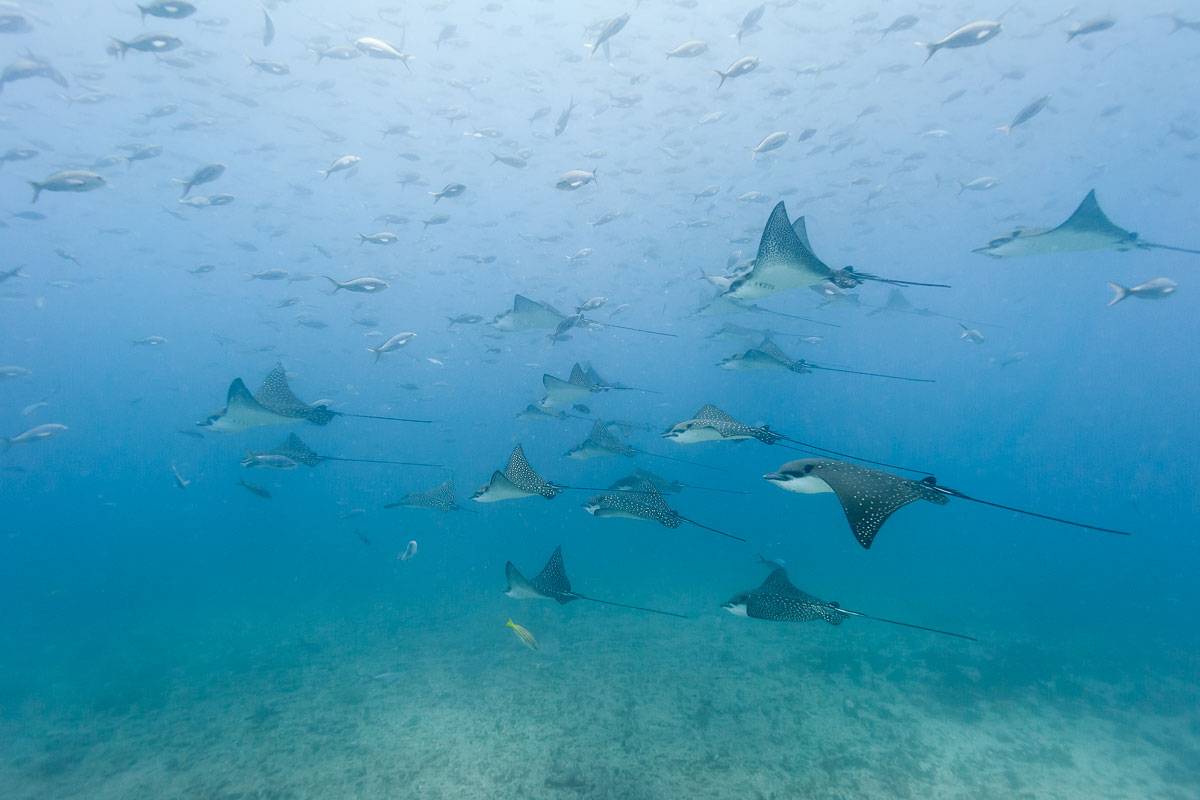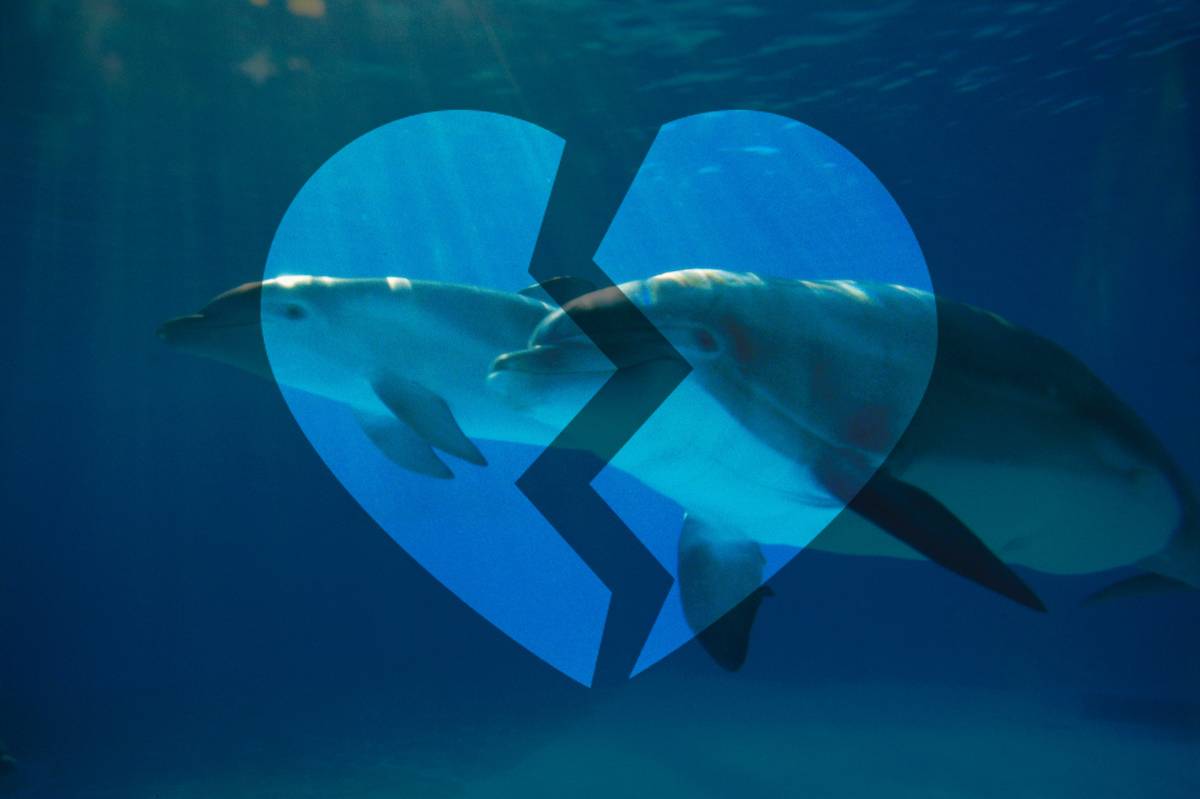National Aquarium: Waterblog May 2017
Which Evolved First: The Jelly or the Sponge? Recent genetics research debunked a widely-accepted hypothesis that sponges evolved first. Published May 17, 2017 Biologists and geneticists from Vanderbilt University and the University of Wisconsin-Madison partnered to investigate the evolutionary history of jellies and sponges, and found that jellies evolved before sponges. Previous research hinged upon biologists’ understanding of the tree of life—actually called the phylogenetic tree—that shows when different organisms evolved over time, and how closely they’re related to one another. According to the tree of life model, animals are related based on their physical features and placed in relation to fossil recordsRead More →





